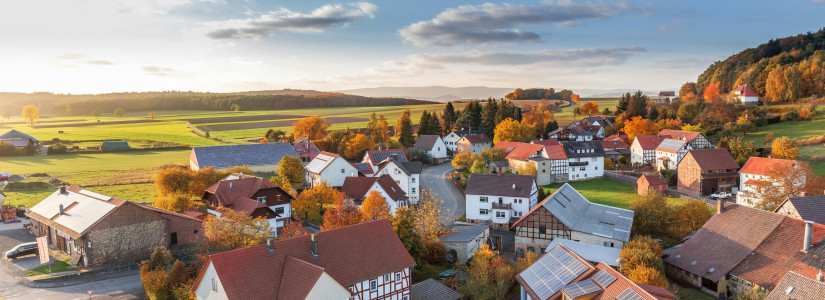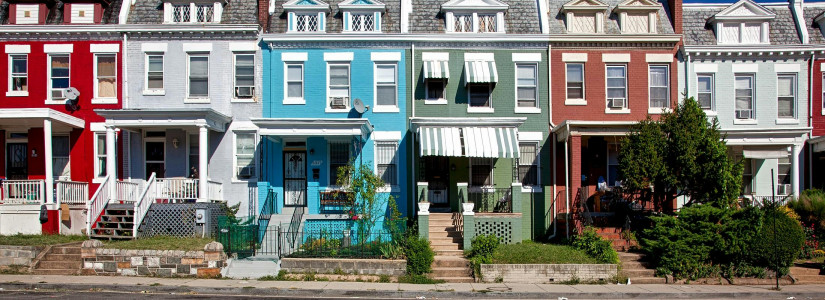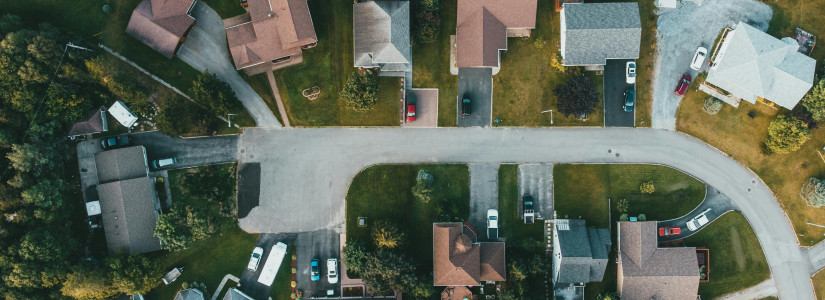How to Qualify for a Land Loan in 2025: Requirements, Costs, and Options

For most buyers, purchasing a pre-owned home is the easiest path to ownership. But for others, the dream starts with a piece of land and a blank canvas.
If you’re planning to build your own home, a land loan (or lot loan) may be your first step.
Unlike a traditional mortgage, land loans can be harder to qualify for and often come with higher interest rates and shorter repayment terms.
Understanding how they work will help you decide if financing land is the right move for you.
What Is a Land Loan?
A land loan helps you buy a plot of land, whether it’s raw, partially developed, or fully ready for building.
It’s different from a construction loan, which covers both land purchase and building costs.
The land itself secures the loan, much like a house secures a mortgage.
But since lenders see land loans as riskier, you might stop paying for land before you’d stop paying for housing, requirements are stricter.
Types of Land Loans
-
-
For completely undeveloped plots (no water, sewer, or road access).
-
Highest risk, highest down payment (sometimes 35–50%), and higher interest rates.
-
-
-
Land with some basic utilities or road access but not fully developed.
-
More affordable than raw land loans, but still costlier than home mortgages.
-
-
-
Fully developed and construction-ready plots, often in subdivisions.
-
Lower down payments and interest rates compared to raw or unimproved land.
-
Typical Requirements
-
Down Payment: Usually 15%–35%, though some lenders may require up to 50%.
-
Credit Score: Typically 700+ to qualify.
-
Debt-to-Income Ratio: Usually 43% or lower.
-
Income Proof & Development Plan: Lenders want to see stability and intent to build.
Land Loan Terms and Rates
Expect land loan interest rates to be 2%+ higher than traditional mortgages.
For example, if the average mortgage rate is 6.75%, raw land loans may start at 8.75%.
Repayment terms are limited:
-
Fixed-rate loans (2–30 years, though 30 is rare).
-
Balloon loans, which start with low monthly payments but require a large lump sum later.
FAQs
1. Where can I get a land loan?
Community banks and credit unions are your best bet. Some larger lenders, like Fifth Third Bank, also offer land loans.
2. How is a land loan different from a mortgage?
Stricter eligibility, larger down payments, higher rates, and fewer repayment options.
3. What’s the longest land loan term?
Most run between 2 and 30 years, but long terms are less common.
Bottom line: Land loans can open the door to building your dream home, but they’re costlier and harder to qualify for than traditional mortgages. Knowing the types, requirements, and terms will help you plan realistically.
-
Don't miss out on general benefits information!
Subscribe for the latest updates, expert advice, and valuable tips to help you maximize your benefits and financial well-being.
Stay informed—sign up now!











